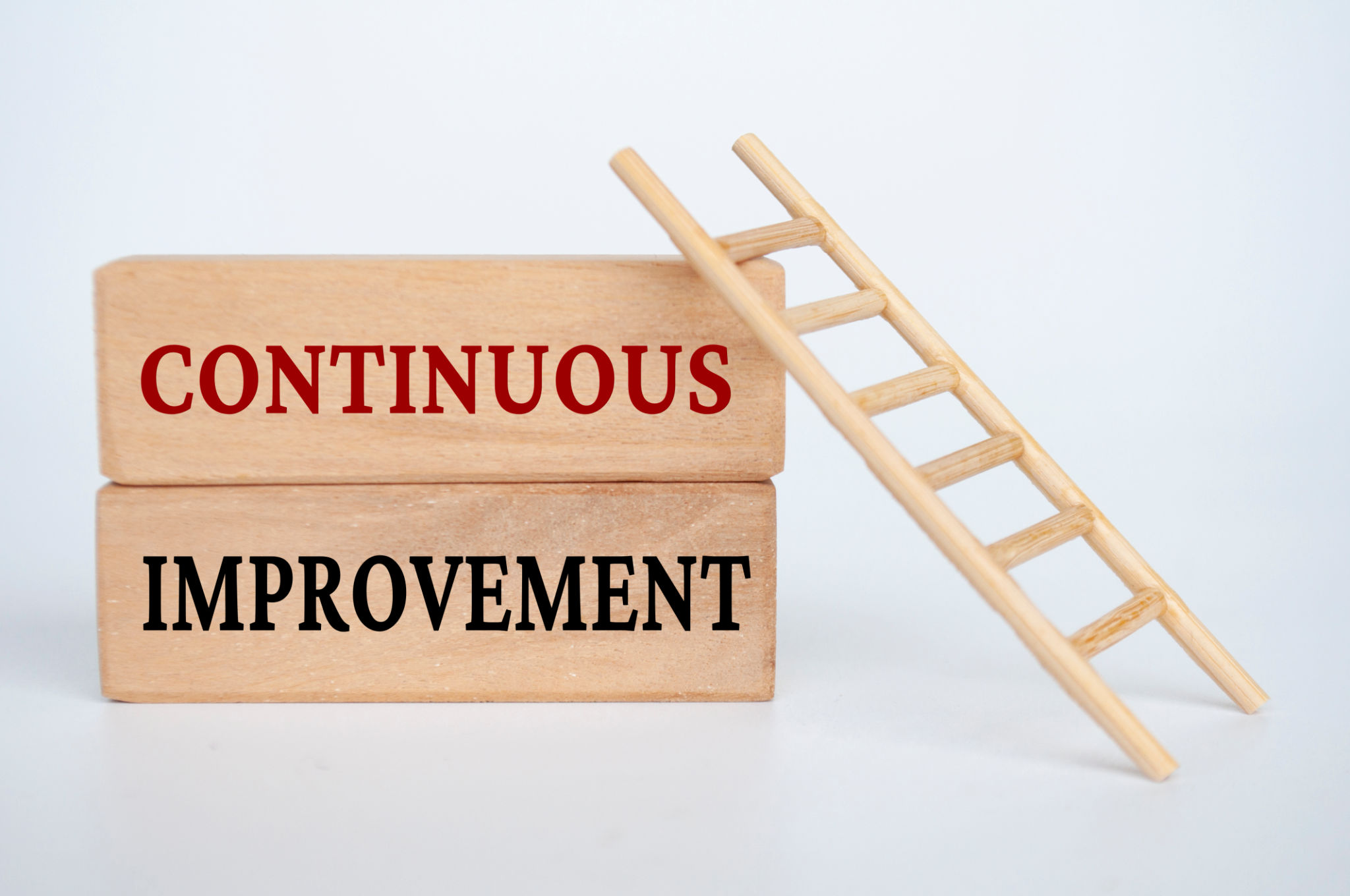Preventing Lost and Damaged Claims: Best Practices for Businesses
Understanding the Importance of Preventing Lost and Damaged Claims
For businesses that deal with shipping and logistics, preventing lost and damaged claims is crucial to maintaining customer satisfaction and controlling costs. Claims can result in significant financial losses and damage to a company's reputation. By adopting proactive measures, businesses can minimize these risks and ensure smoother operations.

Implementing Robust Packaging Strategies
One of the primary causes of damage during transit is inadequate packaging. To mitigate this, businesses should invest in high-quality packaging materials that can withstand the rigors of shipping. It's essential to tailor packaging solutions to the specific needs of the products, ensuring they are snugly secured to prevent movement.
Consider using a combination of cushioning materials like bubble wrap, foam, or air pillows for fragile items. Additionally, labeling packages with proper handling instructions can alert carriers to take extra care with certain shipments.
Regular Training for Staff
Training staff on proper packaging techniques can significantly reduce the occurrence of damaged goods. Employees should be well-versed in selecting appropriate packaging materials and securing items correctly. Regular training sessions can keep staff updated on best practices and new packaging innovations.

Optimizing Inventory Management
Effective inventory management plays a vital role in preventing lost claims. Implementing a robust inventory tracking system can help ensure that all items are accounted for at every stage of the supply chain. This system should provide real-time updates to quickly identify and rectify any discrepancies.
Using barcode scanning technology or RFID tags can further enhance accuracy in inventory tracking, reducing the chances of items being misplaced or lost in transit.
Partnering with Reliable Carriers
Choosing the right logistics partner is critical in preventing lost and damaged claims. Businesses should conduct thorough research to select carriers with proven track records of reliability and efficiency. Establishing strong relationships with carriers can lead to better communication and quicker resolution of any issues that may arise.

Implementing a Comprehensive Claims Process
Despite all preventive measures, claims may still occur. Having a well-defined claims process in place ensures swift resolution and minimizes disruptions. This process should include clear guidelines for documenting and reporting incidents, as well as timelines for response and resolution.
Encouraging customers to report any issues promptly and providing them with easy access to contact support can also enhance customer satisfaction and trust.
Continuous Monitoring and Improvement
Finally, it is essential for businesses to continuously monitor their logistics processes and seek areas for improvement. Regularly reviewing claims data can provide insights into common issues and help identify trends that need addressing. Implementing feedback loops with both employees and customers can lead to actionable improvements in preventing future claims.

